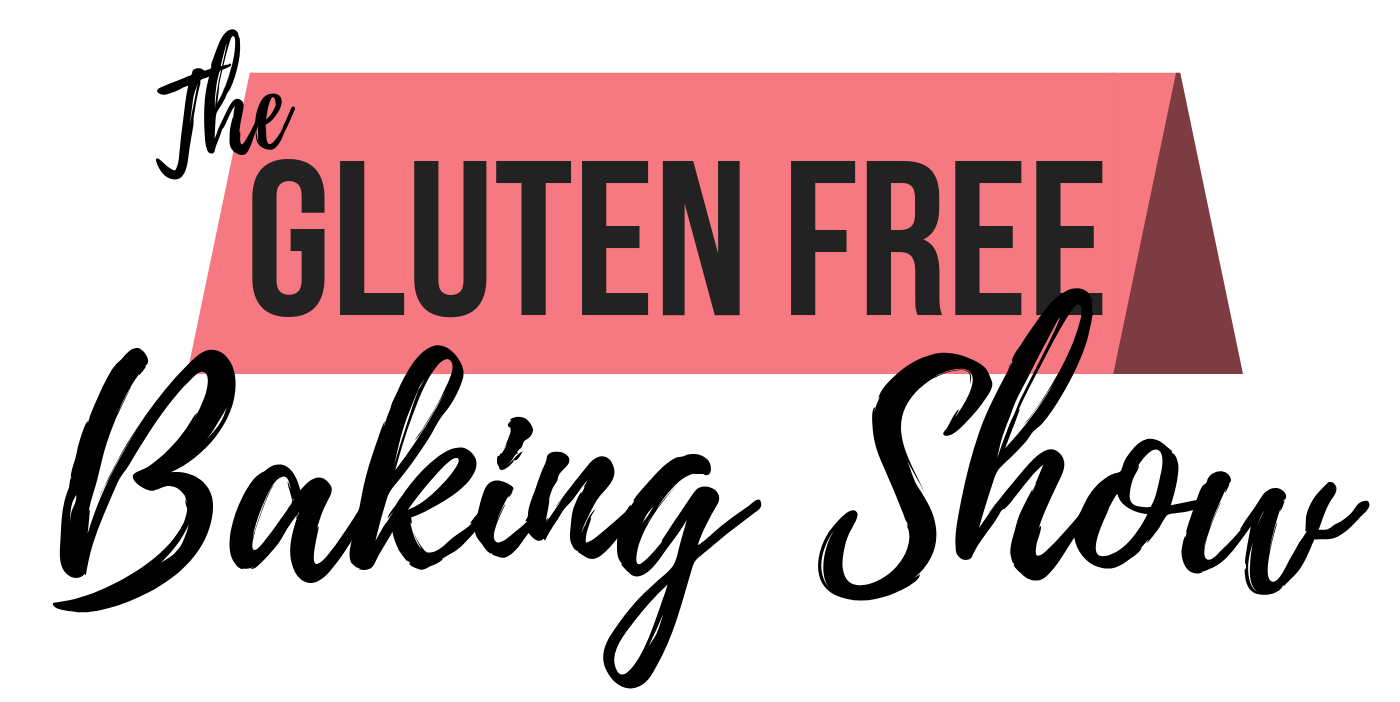1-Bowl Whole Grain Boule Loaf + Video (vegan)
/What is it like?
- Moist on the inside with a beautiful, chestnut-brown crust
- Enjoy with butter and jam for breakfast, as an open-faced sandwich, or dipped in soups!
NOTE: The photo avove is a classic boule. The one I made is a smaller, wholegrain version. A smaller loaf is quicker to make and more importantly (in my book at least) it has more crust per volume of bread :-) I HOPE YOU ENJOY THIS TASTY MULTIGRAIN LOAF!
Welcome to the gluten free video series (below). It will help you learn tips and techniques and achieve great results.
If you enjoyed the video, please give it a thumbs up 🙂And if you’d like to see more, hit the subscribe button.
(You may need to click on the video title which will take you to Youtube.)
Recipe
This bread is flavored with teff flour, a delicately nutty whole grain. Although technically, teff is a seed and not a grain, which is packed with nutrients. Teff gives the loaf a beautiful, robust and chestnut-brown crust that so many gluten free loaves lack. And this recipes explains how to achieve that crust in a home oven. Enjoy!
Dry
1 1/3 cups Steve’s bread flour, 180g (see note)
2/3 cup teff flour, 105g
1/2 tsp psyllium husk powder
1/2 tsp fine salt, 4g
1 1/8 tsp yeast, 4g
Wet
2 tbsp oil, 26g, plus more for greasing the bowl
1 1/2 cups minus 1 tbsp warm water, 335ml
Directions:
Whisk the flours, psyllium, salt, and yeast together in a large bowl or in the bowl of a standing mixer with a dough hook.
Add the oil and water and mix on low until incorporated. Mix on medium speed for about 1 minute. The dough will be sticky.
Oil a medium sized bowl and place the dough in the bowl to rise until doubled in volume, about 30-60 minutes depending on the ambient temperature. Before the bread is done proofing, preheat the oven to 450F / 230C.
Once the bread is done proofing, gently turn it onto a parchment lined baking tray. Using a knife, make a crisscross score in the top of the dough, each line about 2 inches (5 cm) long and 1/2 cm deep.
Boil 1 1/2 cups water and place an empty baking tray on the bottom rack in your oven. When you put the bread into the oven, pour the boiling water onto the empty baking tray to create steam. Quickly close the oven doors.
After 20 minutes, turn the oven down to 350F / 175C. Bake for an additional 25-40 minutes, just until the loaf is browned on top and it sounds hallow when tapped on the bottom. The bottom of the loaf will be quite dark in color.
Cool completely before slicing. This bread will stay moist for several days and the crust will crisp nicely again when toasted. Keep at room temperature, but if it is not eaten it within a couple of days, it is best to slice and freeze it.
Notes:
I use Steve’s bread flour for many recipes so if you’d like to buy it you can also make a exceptional brioche, pita bread, stollen, and an orange olive oil roll (coming soon). This loaf is a small one by design.
Smaller loaves take less time to proof and bake. If you’d like to make it larger you can double the recipe, although I would still make two loaves to maximize the beautiful crust and keep a shorter rise/bake time.
Steam helps create a beautiful crust that is characteristic of so many beautiful loaves. Note that the crust will soften some as the bread cools, but it will crisp up again after toasting and give you that crunchy/chewy exterior that gluten free breads usually lack. Enjoy!


